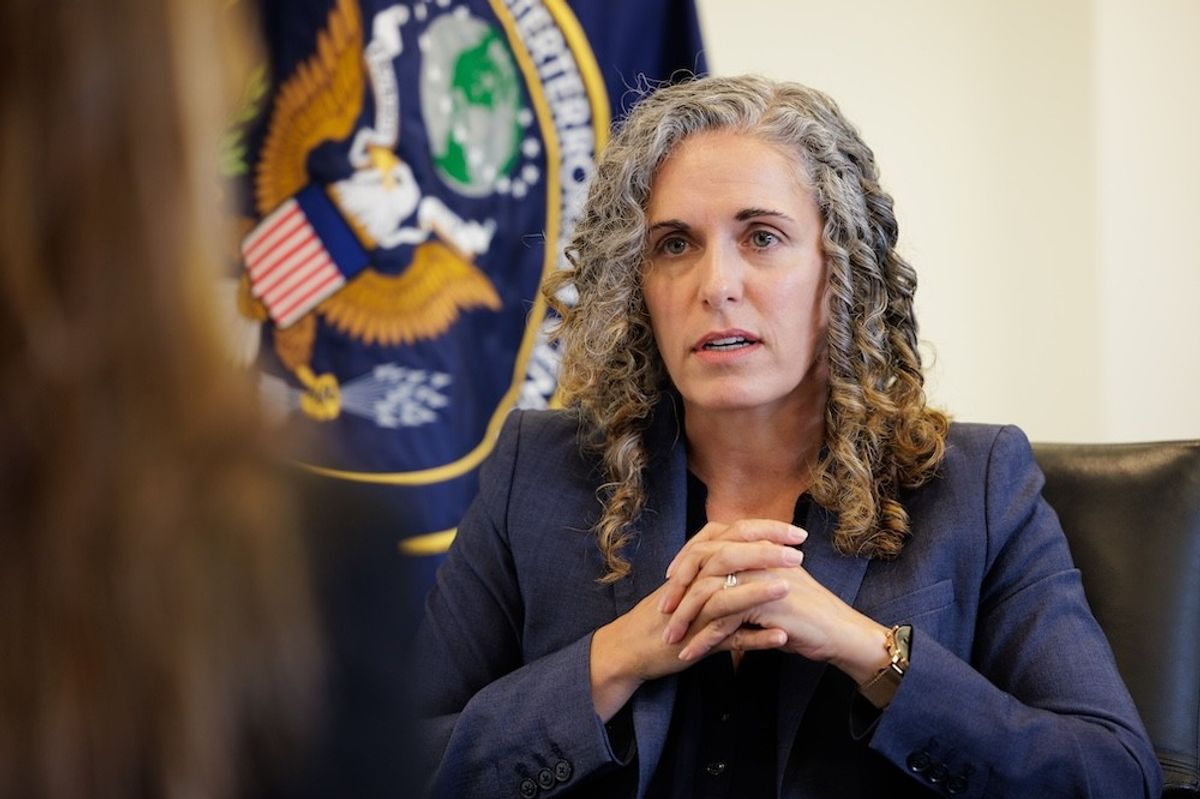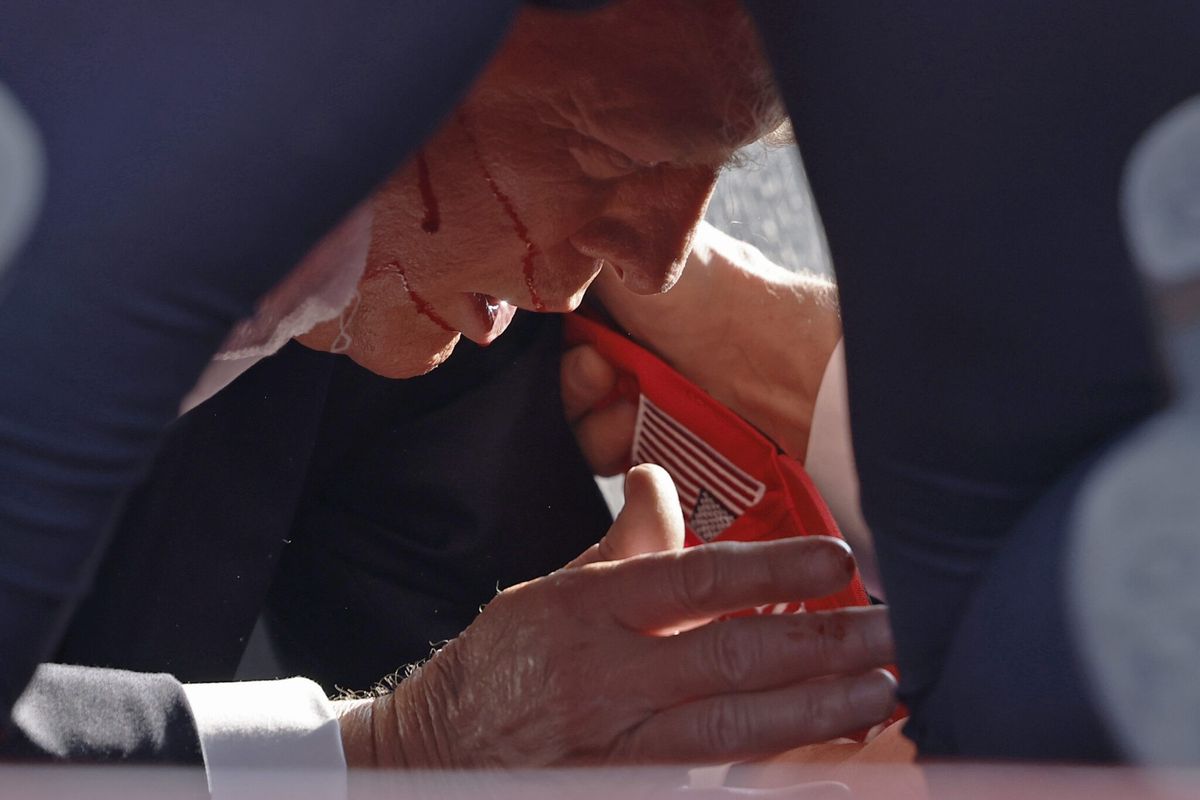The Pentagon announced Friday that U.S. forces have killed Abu Sayed, the leader of ISIS-Khorasan – ISIS’ affiliate in Afghanistan – in a drone strike conducted in Afghanistan’s northeastern Kunar Province. In a statement released after the announcement of Sayed’s death, General John Nicholson, the commander of U.S. forces in Afghanistan, said “this operation is another success in our campaign to defeat ISIS-K in Afghanistan in 2017. Abu Sayed is the third ISIS-K emir we have killed in the last year and we will continue until they are annihilated. There is no safe haven for ISIS-K in Afghanistan.”
In addition to Sayed, former leader of ISIS-K, Abdul Hasib, was killed during a joint U.S.-Afghan raid in April, while another former emir of the group, Hafiz Sayed Khan, was killed in a July 2016 U.S. drone strike.
U.S.-led coalition forces and local allies continue to battle ISIS in Iraq, Syria, Afghanistan, and across the Middle East and North Africa. Over the last couple of weeks, reports have circulated that ISIS leader Abu Bakr al-Baghdadi had been killed in an air strike near Raqqa, Syria, although the U.S. has yet to confirm these assertions. Baghdadi has not made a public appearance since June 2014, but his death would further weaken ISIS’ global image, particularly after the group recently destroyed one of its own most prominent symbols, the al-Nuri mosque in Mosul, where Baghdadi infamously declared ISIS’ establishment of a “caliphate.”
The Cipher Brief looks back at an expert commentary published by Director of the West Point Combatting Terrorism Center Bryan Price about the strategy of terrorist leadership decapitation and whether it serves as an effective counterterrorism tactic.
In March 2016, Pentagon officials announced that U.S. forces had killed Abdul Rahman Mustafa al-Qaduli and several other senior Islamic State leaders in Syria. The death of al-Qaduli, who many believe served as the Islamic State’s financial minister, came on the heels of an operation a few weeks earlier that is believed to have killed Omar al-Shishani, the group’s so-called minister of war.
Al-Qaduli and al-Shishani join a long list of terrorist leaders who have been targeted by the United States, but do these actions have the desired impact? Leadership decapitation has been an important part of U.S. counterterrorism efforts since 9/11, but there is a contentious debate about its efficacy.
Proponents of leadership decapitation often subscribe to the so-called “snake head” metaphor: remove the head of a snake, and the body will inevitably die. These advocates argue that the tactic removes skilled and charismatic leaders from the battlefield. In addition, targeted killings are thought to reduce the operational capability of terrorist groups by driving surviving leaders further underground and forcing groups to expend limited resources to protect their leadership and communications.
On the other hand, critics argue that this tactic is not only ineffective but counterproductive as well. Such critics are often quick to point out that the most notorious terrorist “snake head,” Osama bin Laden, was killed five years ago, yet the “body” of al Qaeda is still alive and remains a threat to U.S. national security. Beyond the direct efficacy of such strikes, opponents contend that targeted killings, particularly those executed by drones, cause an unacceptable level of civilian casualties. This creates blowback and hostility towards the United States, which ultimately results in more recruits for groups to exploit.
Until recently, the dearth of rigorous research on this topic forced policymakers to rely almost entirely on anecdotal evidence and emotion to evaluate the efficacy of leadership decapitation. Academic research in the past decade has helped to shed more light on this topic, but more work is needed.
To help clarify the tradeoffs of leadership decapitation, I conducted research to provide policymakers with empirical evidence about the tactic’s long-term consequences. I analyzed an original dataset of 207 terrorist groups that were active from 1970-2008 to find out which factors led to the termination of the group’s activities.
My findings showed that decapitated groups were more likely to end than groups that did not experience the loss of their leader, but that the timing of decapitation matters. Kill or capture a leader in the first year of the group’s existence, and the group is, on average, over 8.7 times more likely to end than a non-decapitated group. If decapitation occurs after the terrorist group has been in existence for ten years, the effect of leadership decapitation decreases by half. Wait until the organization has been around for 20 years, and removing the leader may have no effect whatsoever on the group’s mortality rate.
What does this mean for decapitation strategies against a group like the Islamic State? Since many scholars peg the founding of Jama'at al-Tawhid w'al-Jihad, the predecessor to AQI and the Islamic State, back to 2003, removing Abu Bakr al-Baghdadi would likely make the group more susceptible to organizational death than if he remained in power. Given the timing of the succession, however, the group is much more resilient than it was 13 years ago and it will likely continue to grow more resilient to a leadership decapitation event over time. The fact that it has survived the loss of two leaders prior to al-Baghdadi also bodes well for the group’s durability.
However, an organizational feature that makes the Islamic State unique, even when compared to other jihadist organizations like al Qaeda, is its self-imposed constraints on leadership succession. Because the group has declared the establishment of a caliphate, it can only be led by a caliph who satisfies a number of prerequisites, including a bloodline that can be traced back to the Prophet Mohammad. This reduces the pool of applicants considerably and, if Ayman al-Zawahiri’s succession of bin Laden is any indication, replacement leaders are sometimes less capable of steering the ship.
Regardless of whether al-Baghdadi remains in power, leadership decapitation tactics are likely to remain attractive counterterrorism tools for policymakers for two primary reasons. They succeed in applying pressure on terrorist groups without putting large numbers of soldiers in harm’s way, and they provide time and maneuver space for allied governments without the organic counterterrorism capability to deal with the threat. Until those dynamics change, policymakers will likely continue to view the long-term benefits of leadership decapitation as outweighing the negative short-term consequences.













